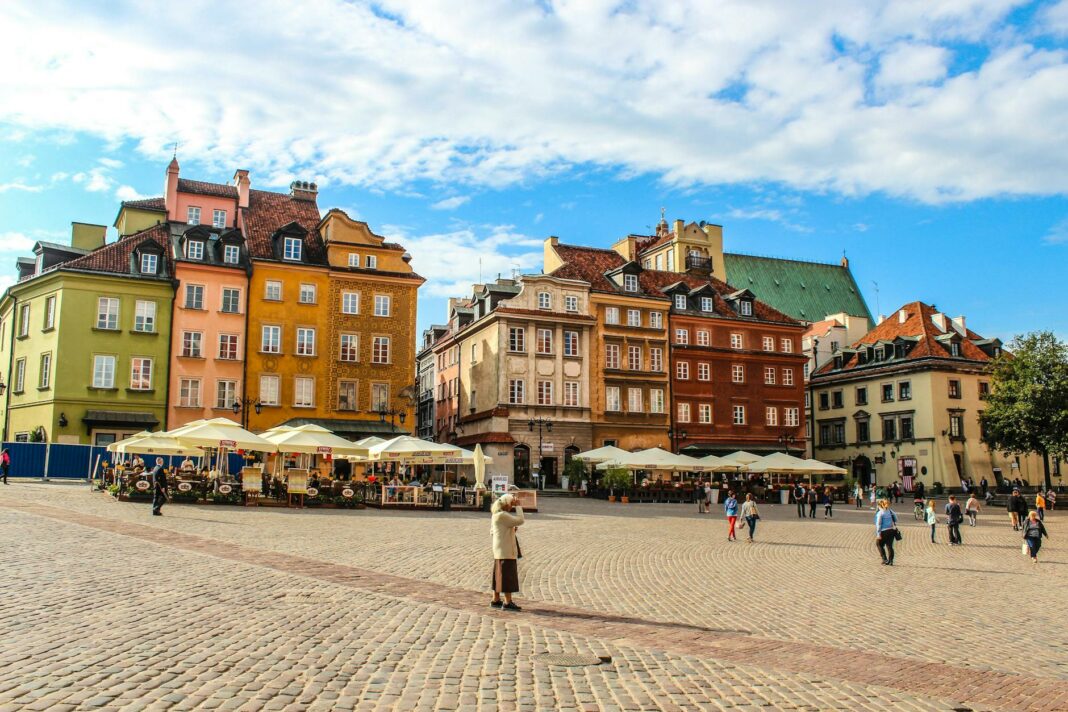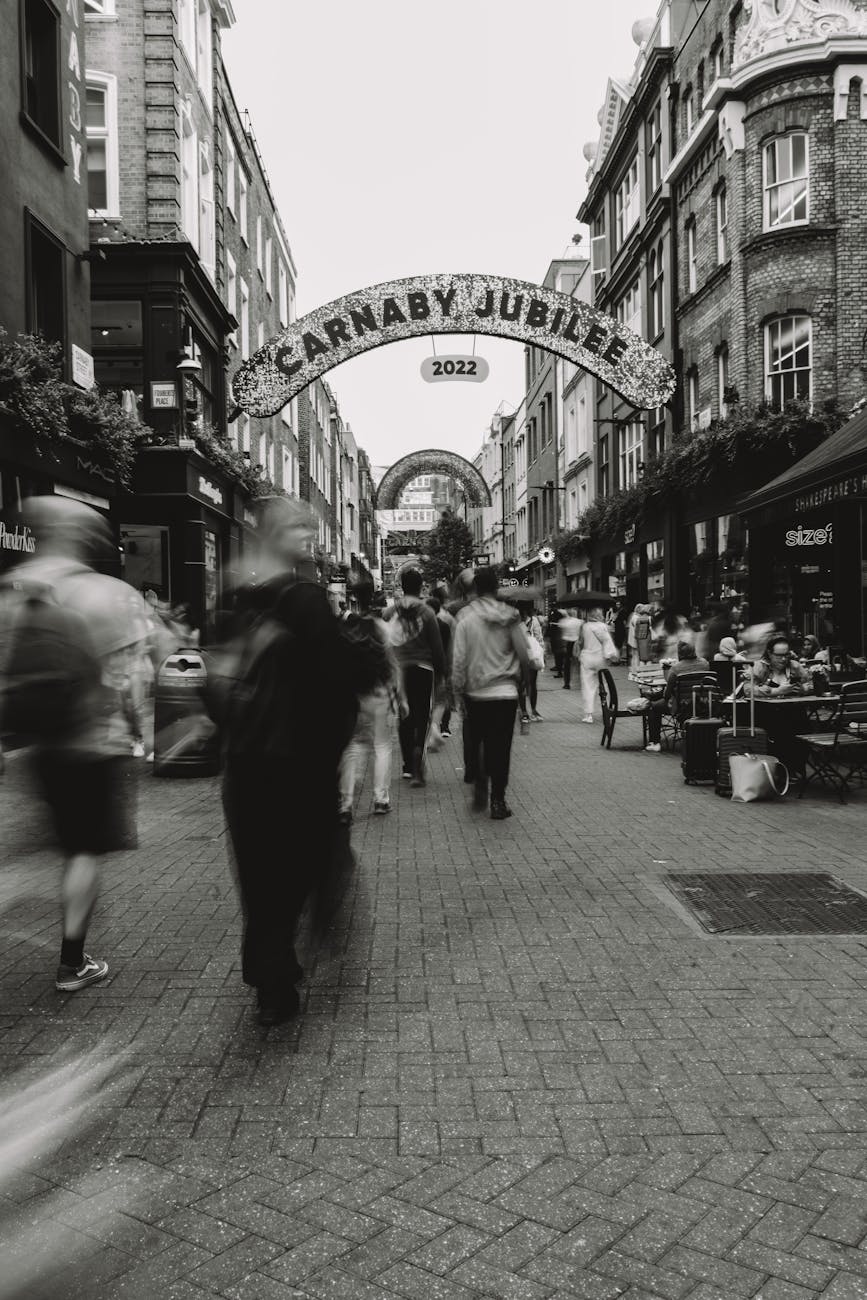Table of Contents
Picture this: your dream holiday destination, filled with lush landscapes, stunning architecture, and rich histories just waiting to be explored. However, the restoration techniques used to maintain these breathtaking places can sometimes raise eyebrows. While the aim is to preserve beauty and cultural significance, could they inadvertently ruin the very essence of what draws travelers to these enchanting locales? This blog dives into various restoration methods, dissecting their implications on our beloved holiday spots, and ultimately argues that, with thoughtful implementation, we can have all the charm without compromising the experience.
With destinations becoming increasingly popular—with travelers clamoring to experience their wonders—creating a balance between preservation and modernization is essential. This post takes you on a journey where we examine the intent behind restoration techniques, the potential drawbacks, and the promising paths that lie ahead. So, buckle up as we explore whether these practices are painting our paradises or simply brushing them with a coat of pretense.
One significant aspect of any restoration project is ensuring it accurately reflects the original historical context of a location. From ancient ruins to historic buildings, there is a compelling need to honor the past. However, with contemporary techniques often dominating restoration efforts, the integrity of the site can be compromised. For instance, using modern materials might yield a sleek finish, but such choices can overshadow the authenticity of the historical architecture.
Delving deeper, one must consider the implications of a well-intended restoration that misrepresents history. Modern techniques might not always blend seamlessly with centuries-old structures, leading to a jarring contrast that detracts from the overall experience. Nevertheless, advocates argue that using advanced technology can enhance and reveal long-lost details, allowing visitors to appreciate a fuller picture of a location’s history. Striking a balance between old and new is imperative, ensuring that visitors can walk through a living museum without feeling disconnected from the past.
In an era where environmental consciousness reigns supreme, the restoration of holiday destinations must consider the ecological ramifications of refurbishing beloved sites. While some might argue that modern materials and techniques offer long-lasting solutions, they often raise concerns regarding sustainability. For instance, utilizing plastic composites or synthetic materials can lead to increased carbon footprints and consumption of non-renewable resources.
Conversely, embracing eco-friendly practices presents an opportunity to harmonize restoration with nature. Engaging with sustainable methods, such as using reclaimed materials or employing techniques to enhance natural landscapes, has shown promising results in multiple cases. This approach not only leaves a minimal ecological footprint but also educates travelers about harmony with nature, urging them to appreciate both the beauty of these destinations and the importance of protecting their environment. By shifting focus from quick fixes to sustainable practices, we can preserve these alluring locations for generations to come.
The heart and soul of any holiday destination lies within its local communities. Involving these groups in the restoration process can amplify the cultural significance of a site and foster a sense of ownership among residents. When communities are engaged, they contribute their unique perspectives and insights, ensuring that restoration techniques align with cultural values and traditions.
Moreover, community involvement can catalyze local economies, transforming restoration projects into opportunities for employment and skill development. Instead of relying solely on external architects and contractors, involving local artisans can help preserve traditional craftsmanship while enhancing the authentic appeal of a destination. This collaboration fosters connection between visitors and locals, enriching the travel experience, and subsequently creating an authentic narrative that resonates with people. When local voices elevate a restoration project, a destination transforms into a story waiting to be shared and cherished.
Cultural heritage encompasses not just tangible assets, such as artifacts and architecture, but also traditions, stories, and practices intrinsic to a location’s identity. Restoration techniques that emphasize preserving this cultural wealth can have a transformative effect on holiday destinations. Finding ways to highlight indigenous art, folklore, and celebrations can enrich a traveler’s experience, allowing them to engage on a deeper level with the locale.
Focusing on cultural heritage can also promote tourism that respects and uplifts local traditions. Take the example of festivals—integrating them into the tourism experience can draw travelers to towns seeking authentic cultural interactions. This holistic view of restoration can breathe new life into communities, ensuring that they thrive while simultaneously providing visitors with memorable experiences. In the long run, a thoughtful approach not only revitalizes destinations but also nurtures the local identity, making these travel experiences genuinely unforgettable.
As travel evolves, so must the techniques employed to restore and preserve destinations. The future of restoration hinges on innovation and adaptability, allowing us to approach these projects with an environmentally sustainable and culturally enriched mindset. Incorporating technology, such as 3D modeling and virtual reality, can serve dual purposes: not only enhancing visitor experiences but also creating thorough documentation for future restorations.
This forward-thinking perspective allows us to learn from past restoration efforts, ensuring that mistakes are not repeated. By fostering collaborations between historians, architects, local communities, and tourists, we can create a triangle of mutual benefit for all parties involved. Visitors will leave with enriched experiences, while communities and destinations will sustain their cultural and ecological heritage, facilitating a succession of growth that embraces both heritage and progress. Embracing the future of restoration promises a bright and inclusive path ahead, ensuring dream holiday destinations flourish for generations.
Ultimately, the relationship between restoration techniques and holiday destinations is complex yet deeply rewarding. While there are challenges associated with modernizing and maintaining these sites, the positive aspects of thoughtful restoration practices cannot be understated. With careful consideration of historical accuracy, environmental impact, community involvement, and cultural heritage, it is possible to strike a balance that enhances instead of detracts from the travel experience.
As travelers, we have a role to play too—advocating for sustainable tourism and recognizing the significance of the places we explore. The journey of exploring dream destinations can be enriching if both visitors and custodians work hand-in-hand. Together, we can ensure our beloved holiday spots maintain their magic while carrying their stories into the future.
What are some common restoration techniques?
Common restoration techniques include conservation cleaning, reconstructive repair, and structural reinforcement, among others. These methods are tailored to preserve the site’s authenticity while ensuring durability.
How can local communities get involved in restoration projects?
Local communities can engage in restoration efforts through volunteer programs, workshops for skill development, and providing insights that reflect their cultural background, ensuring authenticity in the process.
Are sustainable materials always a better choice for restoration?
Sustainable materials generally offer advantages, such as reducing environmental impact, but their suitability depends on the specific context and goals of the restoration project.
Image Credit: Pexels





